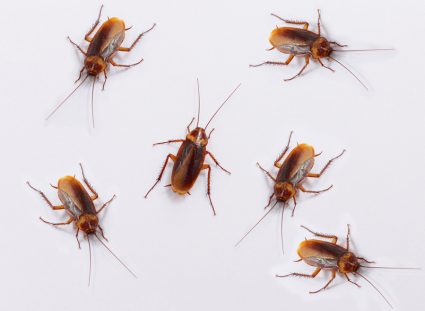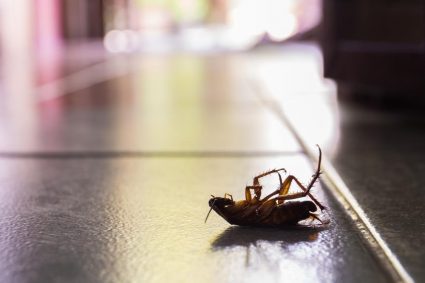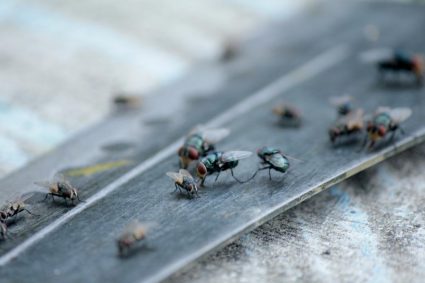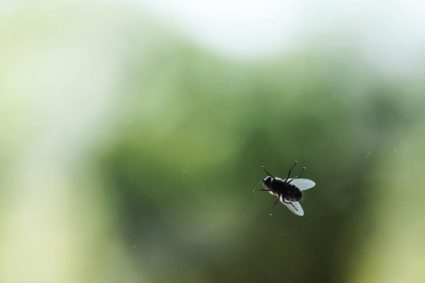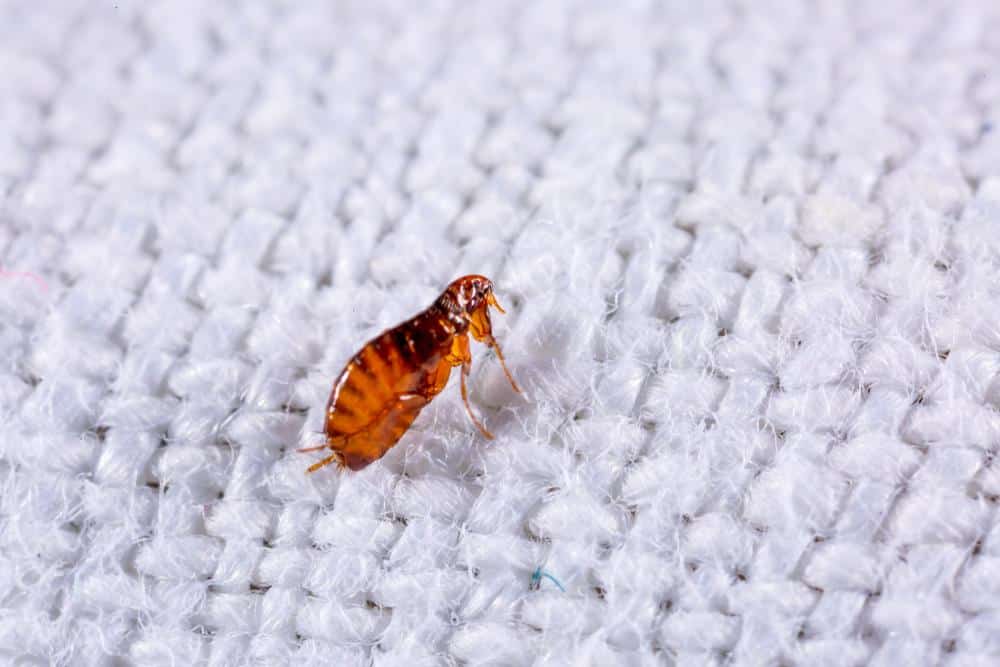
Flea infestations can be a nuisance for both pets and their owners. After treating your home and pets for fleas, it’s natural to wonder how long you’ll continue seeing these pesky critters. In this comprehensive guide, we will explore the timeline for flea visibility post-treatment, factors affecting this duration, effectiveness of common flea treatments, and what steps to take if fleas persist after treatment.
After flea treatment, it’s normal to continue seeing fleas for approximately 10-14 days due to the life cycle of the fleas. Eggs and larvae already present in the environment can continue to hatch and develop into adult fleas. In some cases, it can take several months to completely clear a severe flea infestation. However, if you continue to see fleas after a couple of weeks, it might be time to reassess your treatment strategy or consult a professional.
Average Timeline for Flea Visibility After Treatment
The average timeline for seeing fleas after treatment varies depending on several factors. Generally, it’s normal to see fleas reappearing within 10-14 days after treatment as eggs hatch and larvae develop. Flea larvae can remain dormant in your home for months, so new fleas may continue to emerge even after treatment. It can take several months to completely clear a flea infestation. In some cases, you might still see fleas for a couple of weeks after treatment.
Factors Affecting Flea Visibility Post-Treatment
Several factors can affect the duration of flea visibility after treatment. These include:
- Type of Flea Treatment Used: Different flea control products have varying active ingredients and work differently, affecting the time it takes to kill fleas.
- Flea Life Cycle Stages: Flea treatments typically target adult fleas, but may not effectively kill eggs, larvae, and pupae already present in the environment. These immature stages can continue to develop and emerge as adult fleas over several weeks.
- Severity of Infestation: More severe infestations may require additional treatments and longer periods to eliminate all fleas.
- Environmental Conditions: Humidity, temperature, and other environmental factors can influence the effectiveness and timeline of flea treatments.
- Regular Follow-Up Treatments: Due to the flea life cycle, it’s often necessary to treat your home and pet multiple times over several weeks to kill newly emerged adult fleas before they can reproduce.
- Treating the Yard: If your pets spend a lot of time outside, treating the yard can help reduce the chances of reinfestation.
- Pet Owner Adherence: Properly following the treatment instructions and maintaining regular flea prevention for pets is crucial for effective flea control.
Effectiveness of Common Flea Treatments
Common flea treatment methods can be effective in eliminating flea populations when used correctly and consistently. Topical treatments, also known as spot-on treatments or topicals, are popular and effective in controlling and preventing flea infestations. They work by spreading active ingredients over the pet’s body to kill or repel fleas, with some products targeting multiple stages of the flea life cycle. Oral flea medications, such as tablets, are also effective and work quickly. Some oral flea medicines offer longer-lasting protection and help prevent reinfestation.
Signs the Flea Treatment is Working
To determine if the flea treatment is working, you should look for the following signs:
- Reduced Number of Fleas: Their numbers should decrease over time.
- Fleas Appearing More Active: Fleas may appear more active and mobile just before they die, which can make it seem like the treatment isn’t working. However, this is actually a sign that the fleas are responding to the treatment.
- Less Flea Dirt: If the treatment is working, you should see less flea dirt on your pet over time.
- Reduced Itching and Scratching: As the flea population decreases, your pet should experience less itching and scratching.
Steps to Take If Fleas Persist After Treatment
If you continue to see fleas after treatment, you can take the following steps:
- Reassess the Treatment: Ensure that you have applied the flea treatment correctly and that you are using a high-quality product recommended by your veterinarian.
- Treat All Pets in the Household: Make sure every pet in your home is treated for fleas, as untreated pets can serve as a reservoir for fleas to reinfest treated pets.
- Clean Your Home Thoroughly: Vacuum carpets, rugs, and upholstery regularly, and wash pet bedding in hot water.
- Treat Your Home and Yard: Use flea sprays and foggers to treat your home, focusing on areas where your pets spend the most time. Treat your yard by mowing the lawn regularly, trimming shrubs, and using outdoor flea control products.
- Follow Up with Additional Treatments: You may need two or more follow-up treatments to ensure that all fleas in all stages of their life cycle are eliminated.
- Prevent Future Infestations: Keep your pets on a year-round flea prevention program, limit their contact with wild and stray animals, and maintain a clean home environment.
- Consult Your Veterinarian: If you continue to have problems with fleas despite following these steps, consult your veterinarian for further advice and recommendations.
Remember that it may take three to four months to completely get rid of a flea infestation, as fleas need this time to go through their life stages. Be patient and persistent in your efforts to eliminate fleas from your home and pets.
When to Consult a Professional
If you have tried a treatment and still see fleas after a couple of weeks, it might be time to consult a professional. They can assess the situation, provide recommendations, and implement effective solutions to eliminate the infestation and prevent future occurrences.
In conclusion, the duration of flea visibility after treatment can vary widely, but with persistence, the right products, and a comprehensive approach, you can successfully eliminate these pests from your home and keep your pets comfortable and healthy.
Frequently Asked Questions
How often should I treat my pets for fleas?
The frequency of flea treatments depends on the specific product you’re using, as some last longer than others. However, most flea treatments for pets need to be applied monthly. Always follow the instructions provided by the manufacturer or your veterinarian.
Can I use the same flea treatment for all my pets?
No, not all flea treatments are suitable for all types of pets. Some products are only safe for dogs, while others can be used on both dogs and cats. Never use dog-specific treatments on cats, as this can be harmful or even deadly. Always ensure that the product you’re using is appropriate for the type of pet you have.
Why are fleas so hard to get rid of?
Fleas are difficult to eliminate because of their life cycle. Only adult fleas live on your pet, while the eggs, larvae, and pupae live in the environment. Many flea treatments only kill adult fleas, leaving the eggs, larvae, and pupae untouched. These immature stages can continue to develop and emerge as adult fleas over several weeks, leading to reinfestation.
Can fleas live on humans?
While fleas can bite humans, they prefer to live and feed on animals. Human blood is not a sufficient source of nutrition for fleas, so they cannot reproduce on humans. However, fleas can still cause itching and discomfort if they bite you.
Are there natural ways to get rid of fleas?
There are some natural methods that can help control flea infestations, such as regular vacuuming, washing pet bedding in hot water, and using certain essential oils. However, these methods may not be as effective as traditional flea treatments, and they should be used in conjunction with, not as a replacement for, these treatments. Always consult your veterinarian before using any natural remedies to ensure they are safe for your pet.



